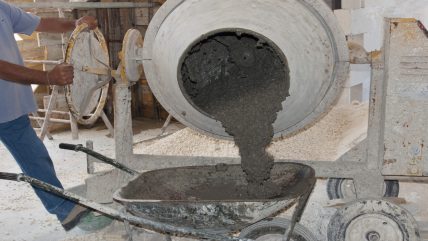
Construction materials company Cemex has introduced a clinker micronisation process aimed at reducing carbon dioxide (CO₂) emissions in cement production.
This approach has been developed by the company’s Research and Development (R&D) Centre in Switzerland.

Discover B2B Marketing That Performs
Combine business intelligence and editorial excellence to reach engaged professionals across 36 leading media platforms.
Clinker micronisation is part of Cemex’s Future in Action sustainability programme.
The programme focuses on climate action, circularity, and natural resource management, with the ultimate goal of becoming a net-zero CO₂ company by 2050.
The latest process, coupled with proprietary admixtures, is said to enable cement to decrease its clinker factor per ton, thus reducing its carbon footprint.
Cemex’s micronised clinker requires less cement to reach the desired strength, allowing the clinker factor in cement products to be reduced by up to 50%.

US Tariffs are shifting - will you react or anticipate?
Don’t let policy changes catch you off guard. Stay proactive with real-time data and expert analysis.
By GlobalDataCemex CEO Fernando González said: “We are finding new ways to boost our decarbonisation roadmap in the production of cement and concrete.
“We remain committed to achieving our ambitious 2030 decarbonisation goals on the path to becoming a net-zero company by 2050.”
The company is actively engaged in new R&D product development processes that promote low-CO₂ clinker and carbon capture projects.
In May last year, Cemex and Ecocem entered into a partnership to research, develop and explore the use of lower-carbon products in concrete production.
Through this collaboration, the two companies intended to test and expand lower-carbon cement solutions in France and the surrounding area.





